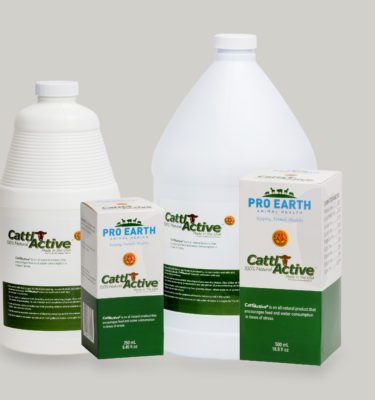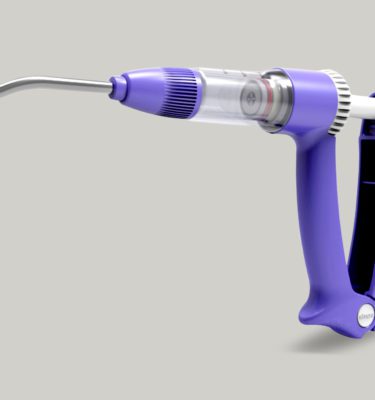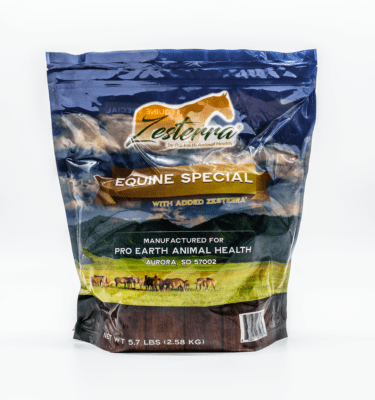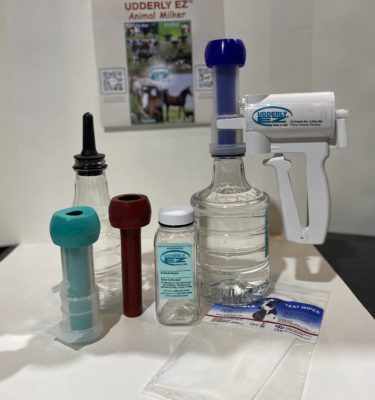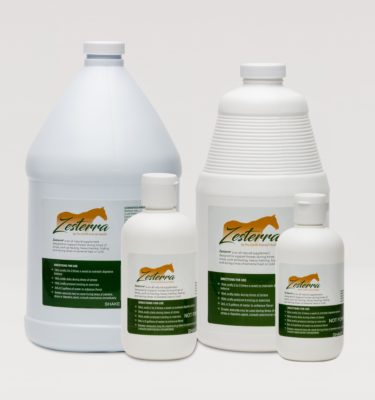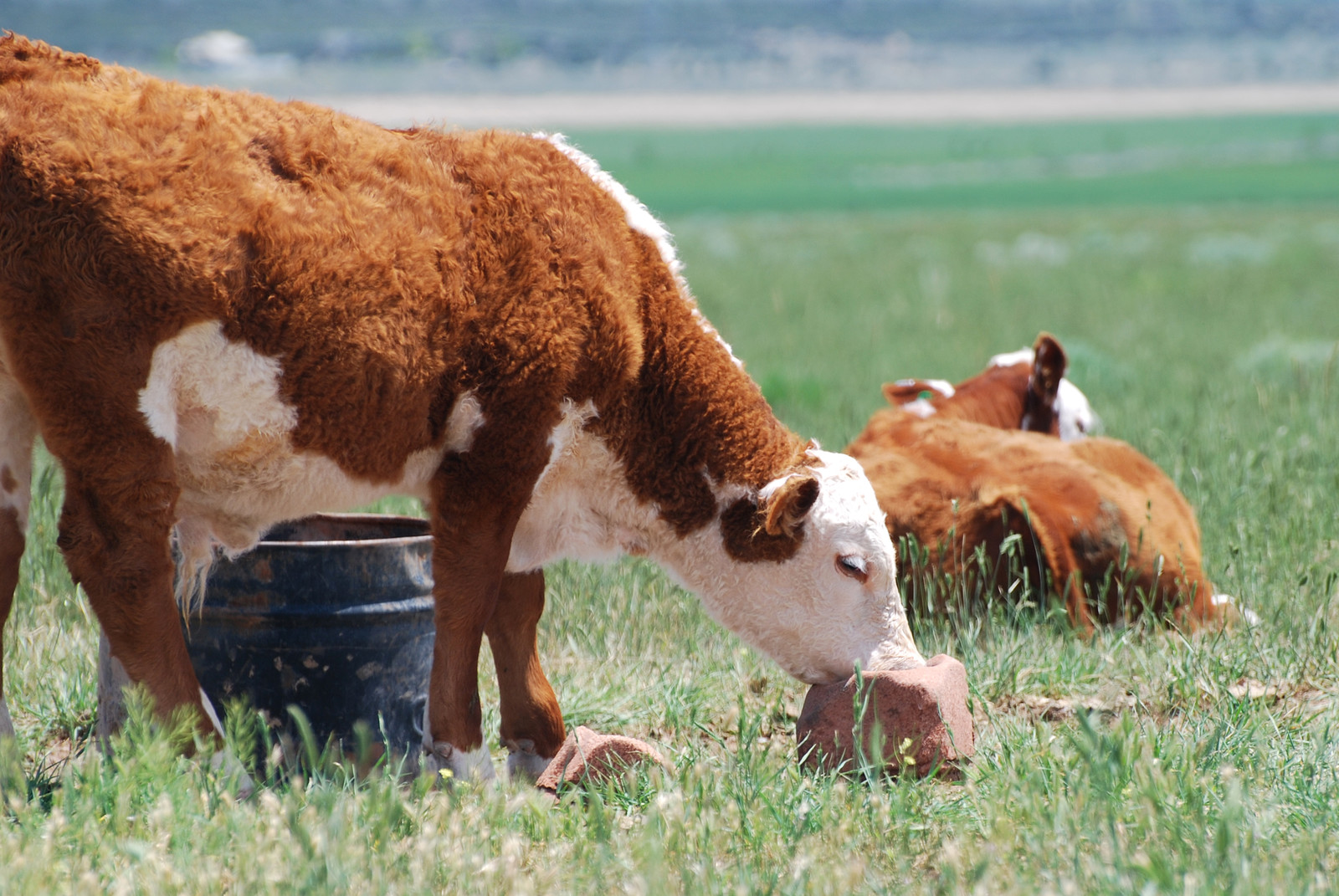
Choosing the Right Supplements
It can be daunting to figure out which minerals your cattle need and which they don’t. It all comes down to the feed they’re consuming, the presence of naturally occurring minerals in the water source, etc.
- Forage. Forage contains many different minerals your cattle may need. Depending on what the forage is, what type of soil it’s grown in and so on, it can be determined what gaps you need to fill. Testing is available on hay or pasture to determine what the nutrient content (including minerals) is present in your feed. Soil testing may also provide you with valuable information on what your land is capable of providing.
- Concentrated feed. Concentrated feeds are often fortified with vitamins and minerals. The labeling on these feeds should include the different mineral contents. Depending on how much concentrated feed you’re offering, you may need to supplement or scale back mineral supplementation.
- Water. Some areas produce water that is naturally rich in certain minerals. If your cattle drink consistently from the same well, creek or municipal water source it would be prudent to have the water tested for mineral content. As an aside, it’s important to note that water with strange odors or objectionable flavors (such as water with a high sulfur content) may discourage adequate water intake. Water additives can help increase palatability and thus, consumption.
Mineral Supplementation
Once you’ve determined which gaps you need to fill in your cattle’s mineral profile you can begin supplementing. In many cases standard mineral blocks are adequate. This is a convenient way to supplement cattle on range or pastureland that are eating a diet of grass and forage. If you’re keeping cattle in this setting, place the blocks in areas where they spend a lot of time. These can include areas near water sources, shady areas, loafing sheds, etc. This allows them maximum opportunity to consume optimum quantities. A common rule of thumb for free-access is to have one mineral station for every 30 head. If you are feeding a concentrated diet, you can use a feed additive with the right mineral balance to meet your cattle’s needs. Some companies will create customized mineral supplements to meet the specific needs of your cattle and their environment.
Observing Mineral Consumption
It’s important to keep an eye on how well your cattle are consuming their mineral supplements. Replace them as needed to ensure that there is always a constant supply. It can become tricky if your veterinarian has recommended medications to include in a mineral combination. This will make it even more important to observe consumption to ensure that your cattle are receiving not only adequate minerals but also the proper amounts of medication. If those medications include antibiotics, you’ll need to establish a “Veterinary Feed Directive” (also known as a VFD). Your herd veterinarian can work with you on determining what is right for your herd’s management.


